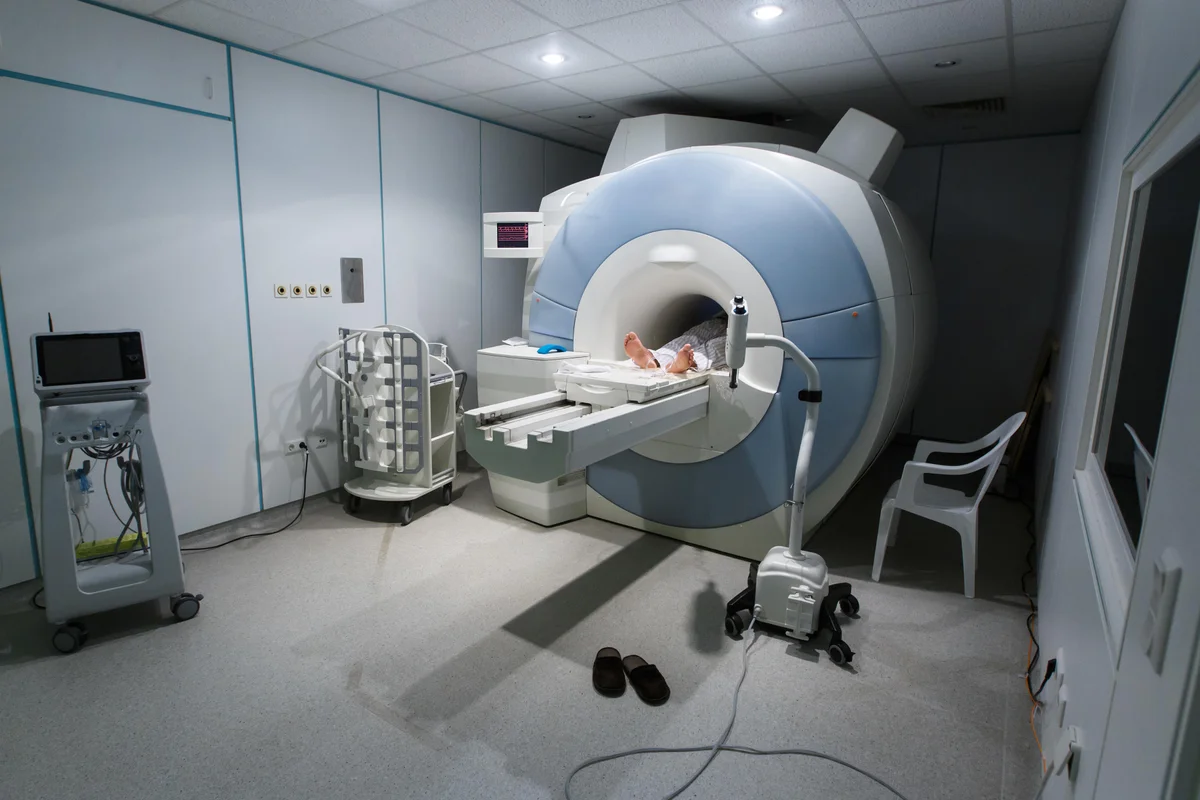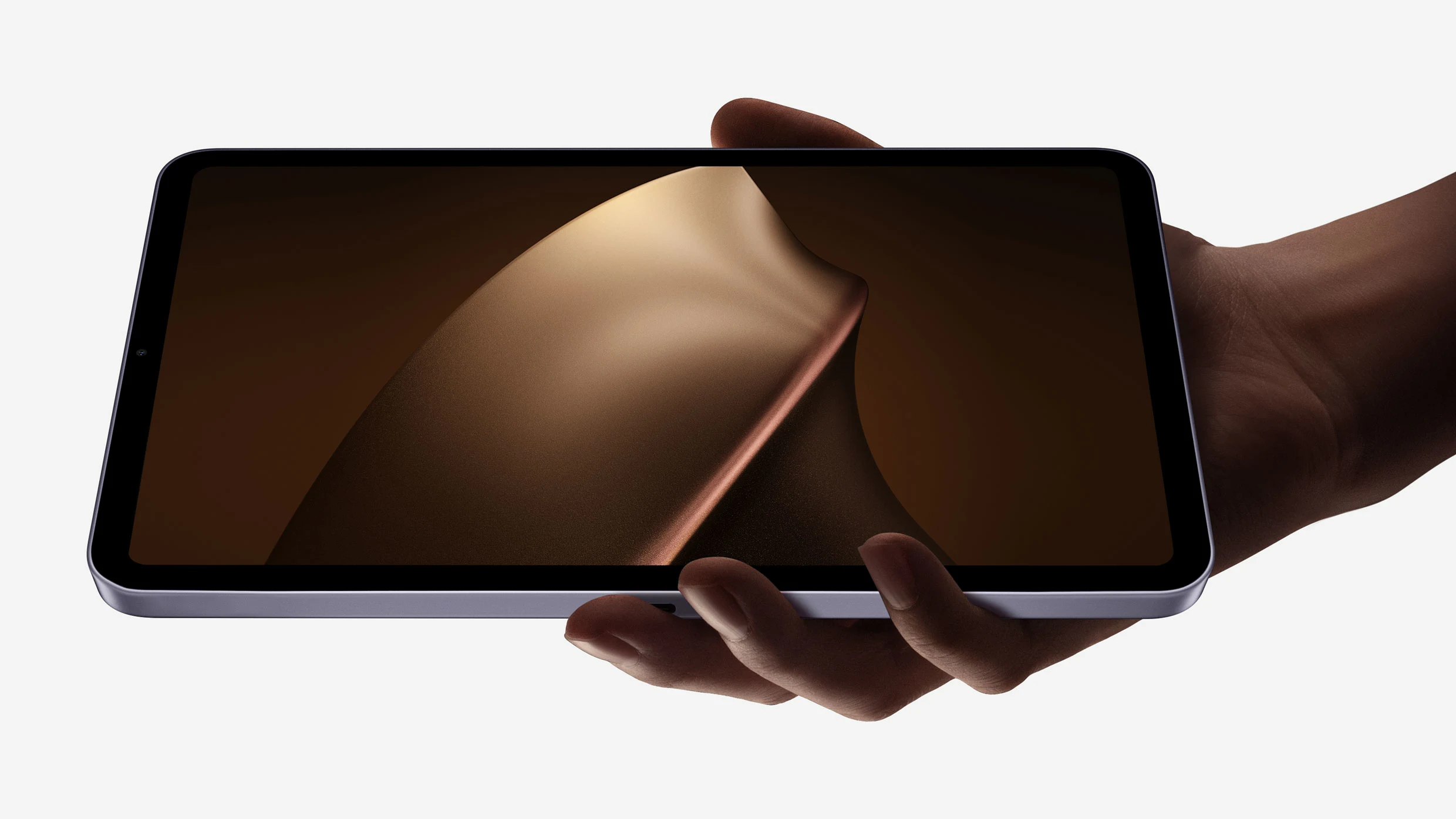By Jane Kirby
Copyright independent

An innovative NHS pilot scheme suggests that utilising MRI scanners during off-peak evening hours could significantly reduce patient waiting lists without requiring additional on-site staff.
The study, conducted by Imperial College Healthcare NHS Trust in London in collaboration with tech firm Philips, found that extending scanner operation to 12 to 16 hours per day, five days a week, enabled an additional 1,356 patients to be seen over a six-month period.
This out-of-hours approach also dramatically cut the “did not attend” (DNA) rate for appointments, plummeting from a typical 5-7 per cent to just 1.1 per cent.
The trust reported a marked improvement in waiting times, with 90 per cent of patients now receiving their scans within three weeks of referral, and noted the potential to train more staff on the machines.
This efficiency is largely attributed to a “radiology operations command centre” technology. This system allows experienced radiographers to provide remote support to on-site teams, eliminating the need for extra staff physically present at the machines.
Through audio, video, and chat functions, these senior radiographers can guide more junior colleagues operating the scanners, viewing live feeds as if they were in the room.
The core principle is to leverage the expertise of NHS imaging staff across an entire department, rather than confining them to a single scanner at any given time, thereby optimising resource allocation.
Several trainees at once can also receive training from more senior staff.
The pilot involved simpler examinations in the evenings, meaning more complex patients were still seen during daytime hours.
Philip Gregory, imaging practice educator for Imperial, said: “The NHS radiology workforce is trained to the highest possible level but, in busy environments, making the best use of skilled staff for training and education can be a challenge.
“Thanks to the radiology operations command centre, we’ve roughly doubled the number of radiology staff that we can train.
“The option to view multiple scanners across multiple sites is unique. It has unlocked fast, safe, efficient training at the highest quality.”
Mark Leftwich, managing director at Philips UK and Ireland, said: “In England, we’re seeing a growing shortfall of diagnostic radiographers – which leads to hospital bottlenecks and increasing wait times for patient diagnosis.
“The possibility of radiographers being able to support on-site colleagues remotely, as well as through extended hours as seen in our pilot with Imperial College Hospital NHS Trust, could truly change the game.
“Perhaps in the future, we will see scanners running for 24 hours a day – but until then, we must continue to prioritise improving digital infrastructure and workforce support within the NHS to provide better care for more people in the UK.”
Dr Stephen Harden, president of the Royal College of Radiologists, said: “Getting a scan during daytime hours won’t suit everyone.
“Offering more scans after 8pm could help tackle the backlog of people waiting for answers about their health.
“But increasing the number of MRI scans needs more doctors to interpret them, at a time when the UK is already short of almost 2,000 (1,953) radiologists.
“To make sure that more scans doesn’t equal patients waiting longer to get their results, the Government needs to train more radiologists.”
The pilot ran from January to July this year.



